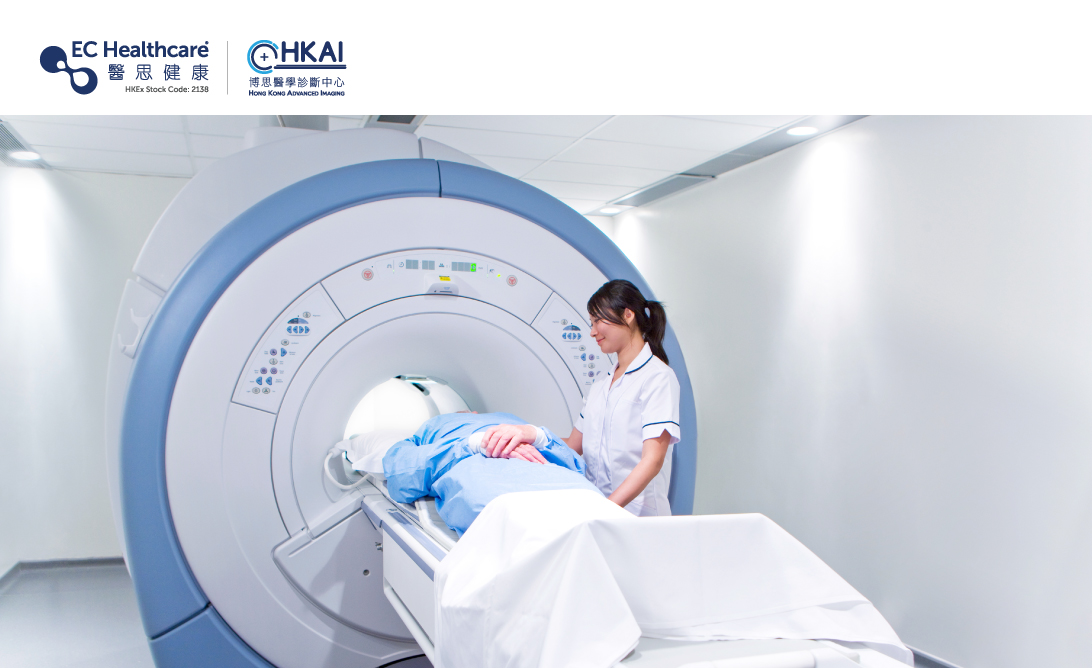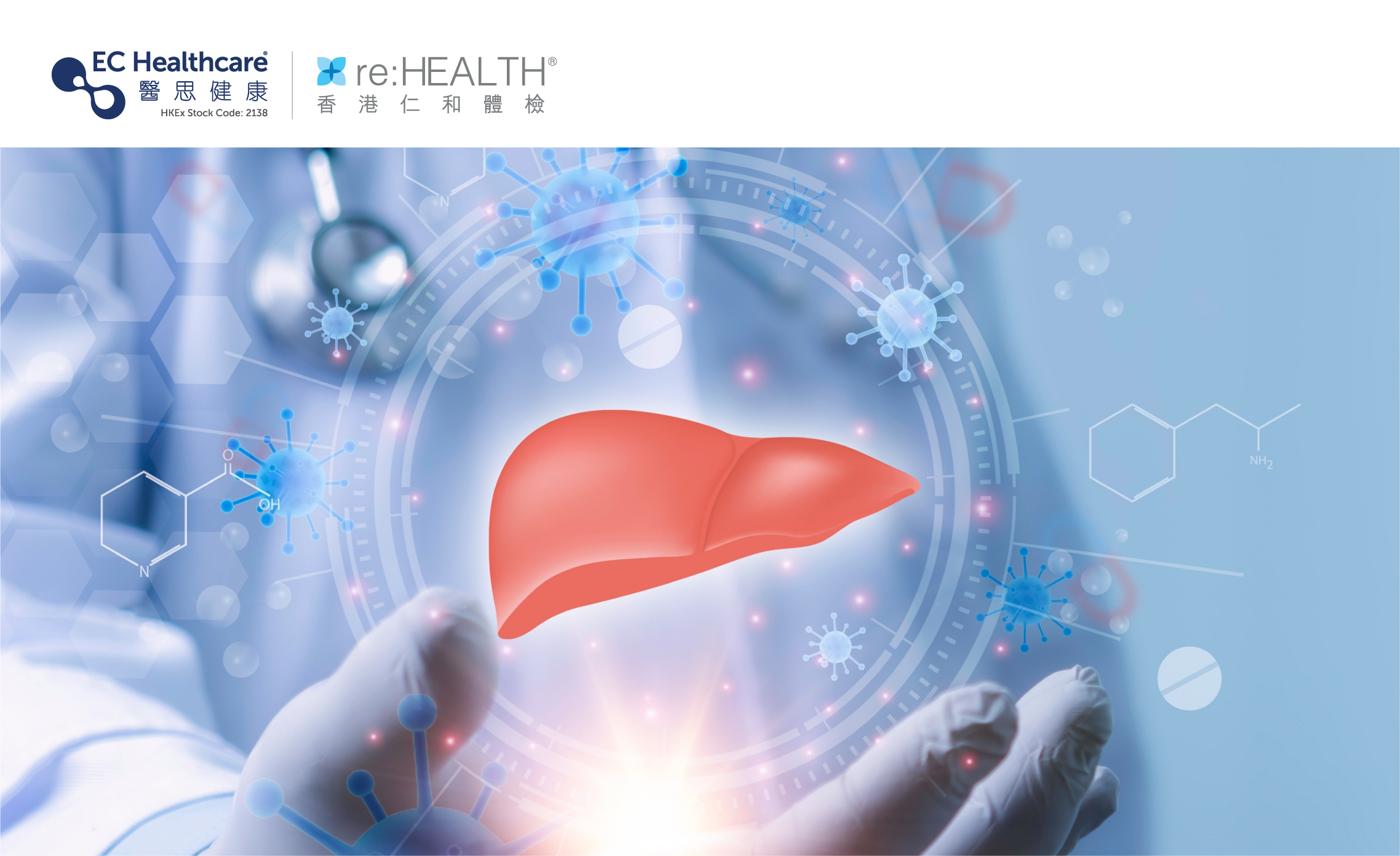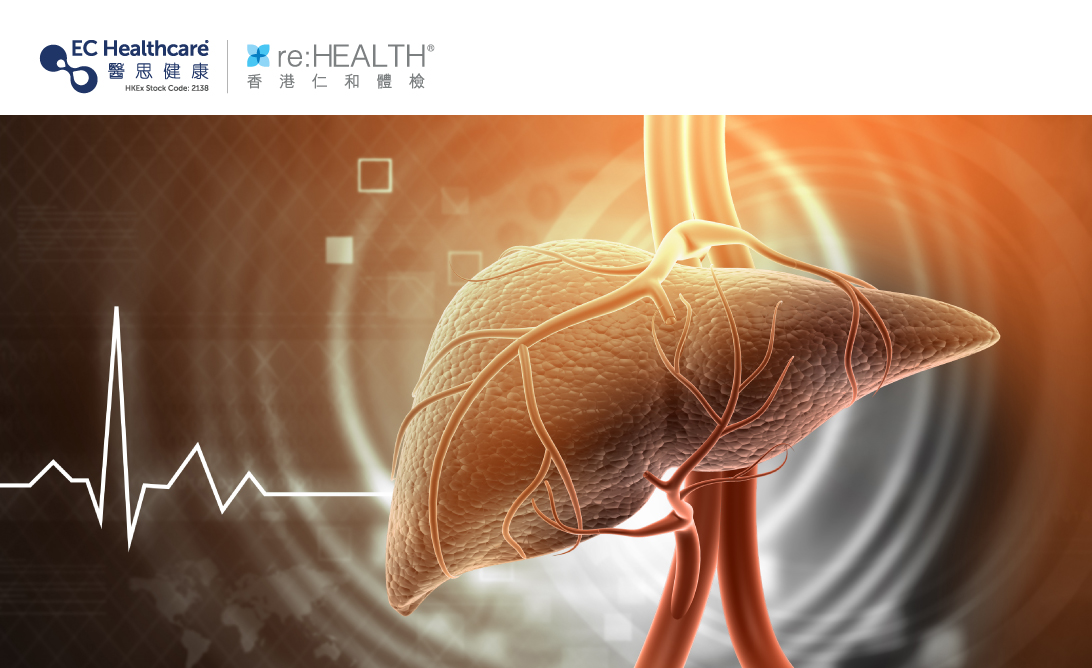Fatty Liver Disease: Causes, Symptoms and Treatment


As people’s lifestyles change, fatty liver disease is becoming more and more common. It is a common liver disease which is mainly related to an unhealthy diet, lack of exercise, obesity, high blood lipids, diabetes and other factors. In most cases, fatty liver disease does not cause any symptoms. Many patients only realise that they have serious liver problems after they have been diagnosed with fatty liver disease through an ultrasound examination.
However, many people are not familiar with the causes and treatment of fatty liver disease. In this blog, we will explain what causes this condition and how to improve and treat it by revising dietary habits, exercise routines and more.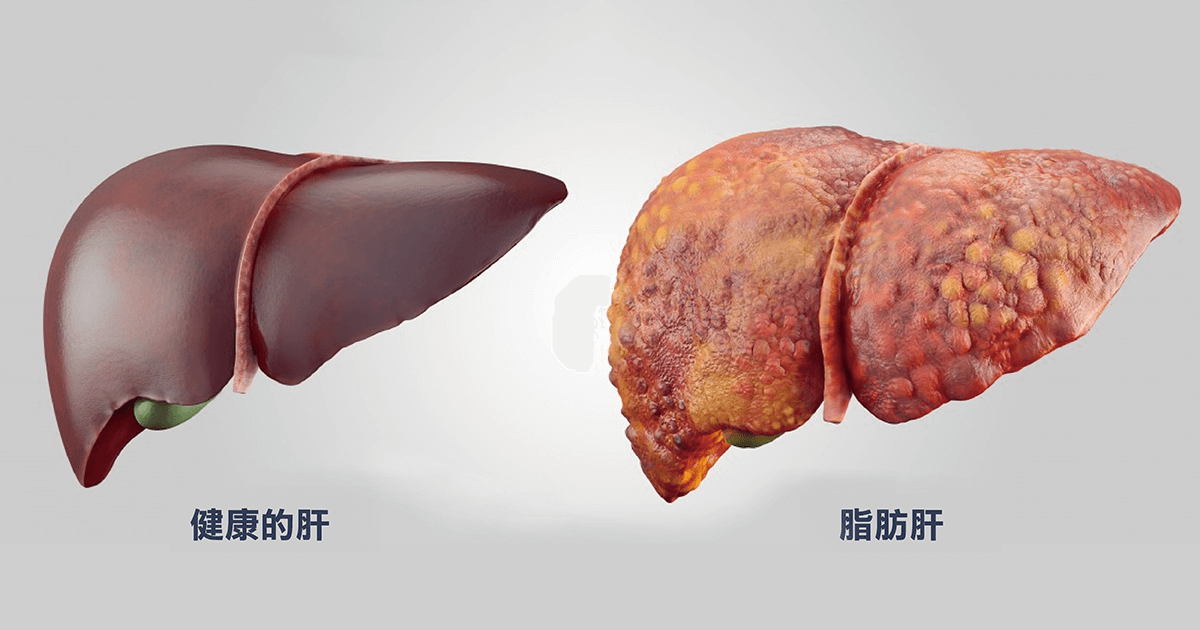
What causes fatty liver disease?
The liver is an important organ that performs many vital functions, including processing nutrients from food, storing energy, detoxifying the body, producing bile to help digest fats, and breaking down and storing fats. When you consume more calories than necessary, the excess calories are stored in the liver as fat, which can lead to fatty liver disease.
There are two main types of fatty liver disease: alcoholic fatty liver disease (AFLD), which is caused by excessive alcohol consumption and is the most common in heavy drinkers, and non-alcoholic fatty liver disease (NAFLD), which is caused by a combination of factors such as obesity, diabetes, and high blood pressure, and is the most common type of fatty liver disease in non-drinkers.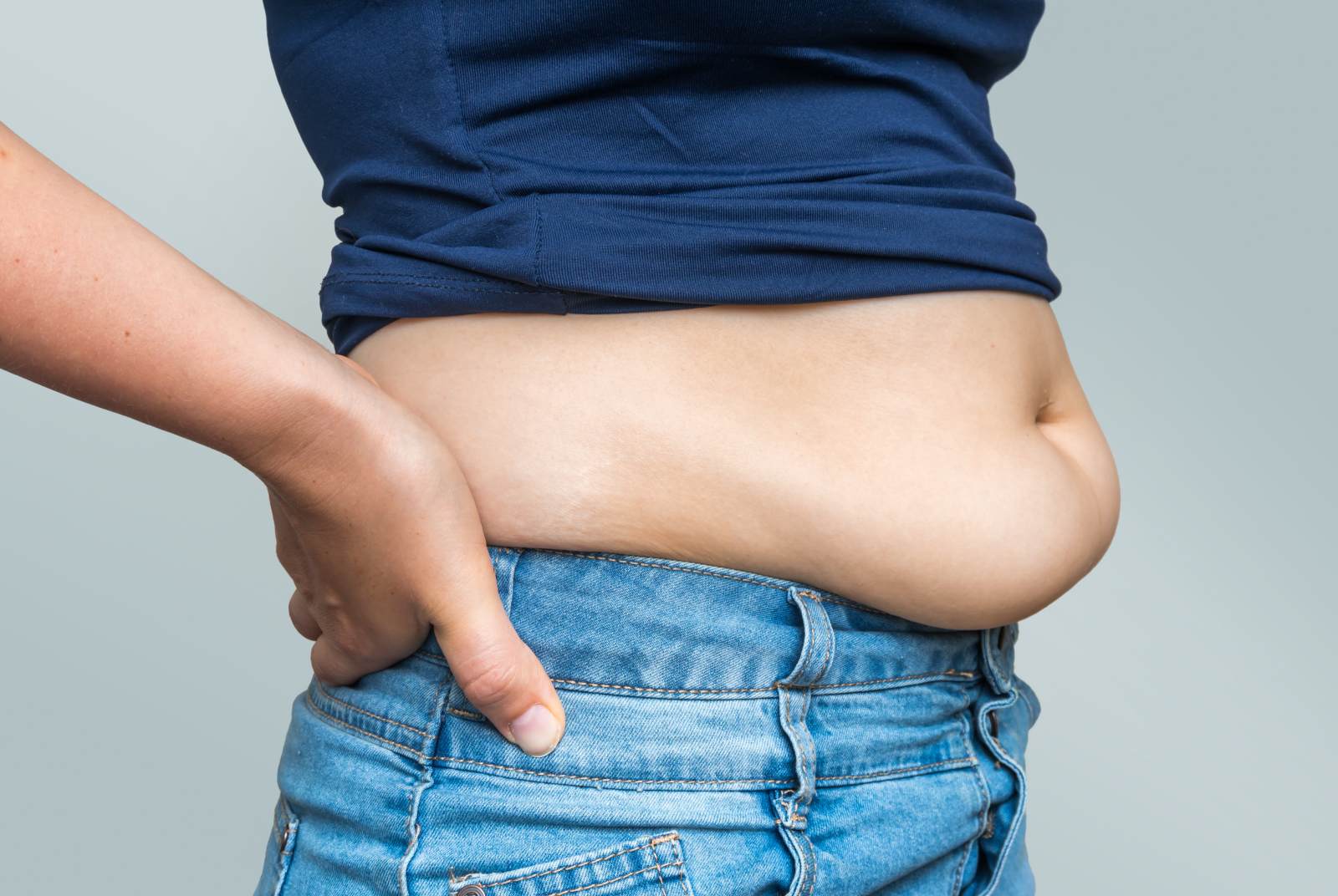
What are the risk factors of fatty liver disease?
-Obesity
-High cholesterol
-Excessive alcohol consumption
-Sleep apnoea
-Hypothyroidism
-High blood pressure
-Diabetes
-Hyperlipidaemia
-Metabolic disorders
-Polycystic ovary syndrome
-Excessive fat deposits in the abdomen
What are the symptoms of fatty liver disease?
Although the condition will not cause symptoms in most cases, patients with severe conditions or those who have progressed to cirrhosis may experience these symptoms:
-Fatigue
-Pain in the upper right abdomen
-Weakness throughout the body
-Nausea and vomiting
-Loss of appetite
-Abnormal weight loss
-Easy bruising
-Bleeding gum
-Jaundice (yellowish skin and the white of the eye)
-Itchy skin
-Oedema
Relieving fatty liver disease through lifestyle changes
Weight loss
Losing fat can reduce the amount of fat deposits in the liver. It is recommended to maintain a BMI value of 18.5-25.
Healthy diet
Patients should eat more fruits, vegetables and whole grains, and consume less saturated fat and bad fats.
Regular training
Exercising can help reduce the amount of fat in the liver and improve overall health.
Manage blood sugar levels
Diabetics should control their blood sugar levels to help prevent fatty liver disease.
Avoid alcohol consumption
Drinking too much alcohol will damage the liver and worsen fatty liver disease.
Although there are currently no drugs specifically designed for fatty liver disease, and surgery is normally not recommended until the disease has reached advanced stages, fear not as most patients can control the disease effectively through lifestyle changes. If you are concerned that you may have fatty liver disease, please consult your doctor for a blood test to check your liver function, and an ultrasound or other imaging tests to examine your liver.





